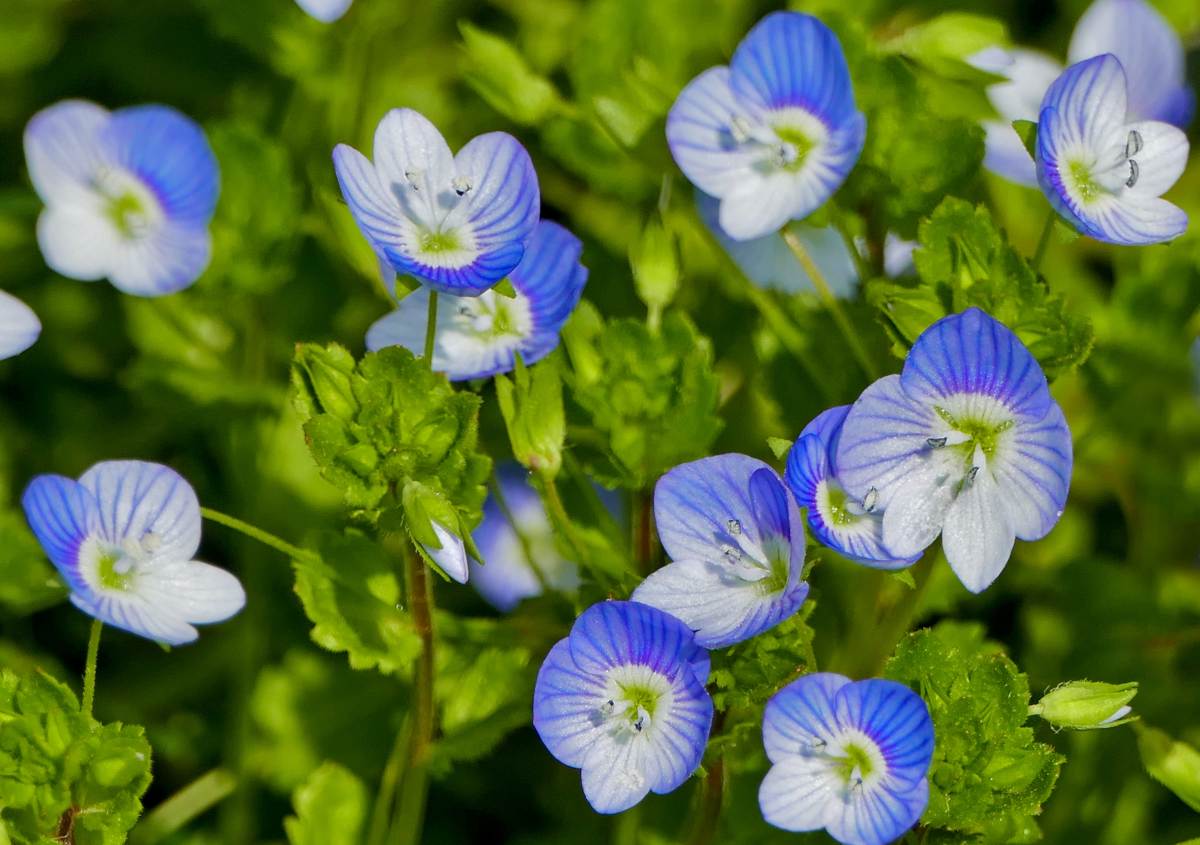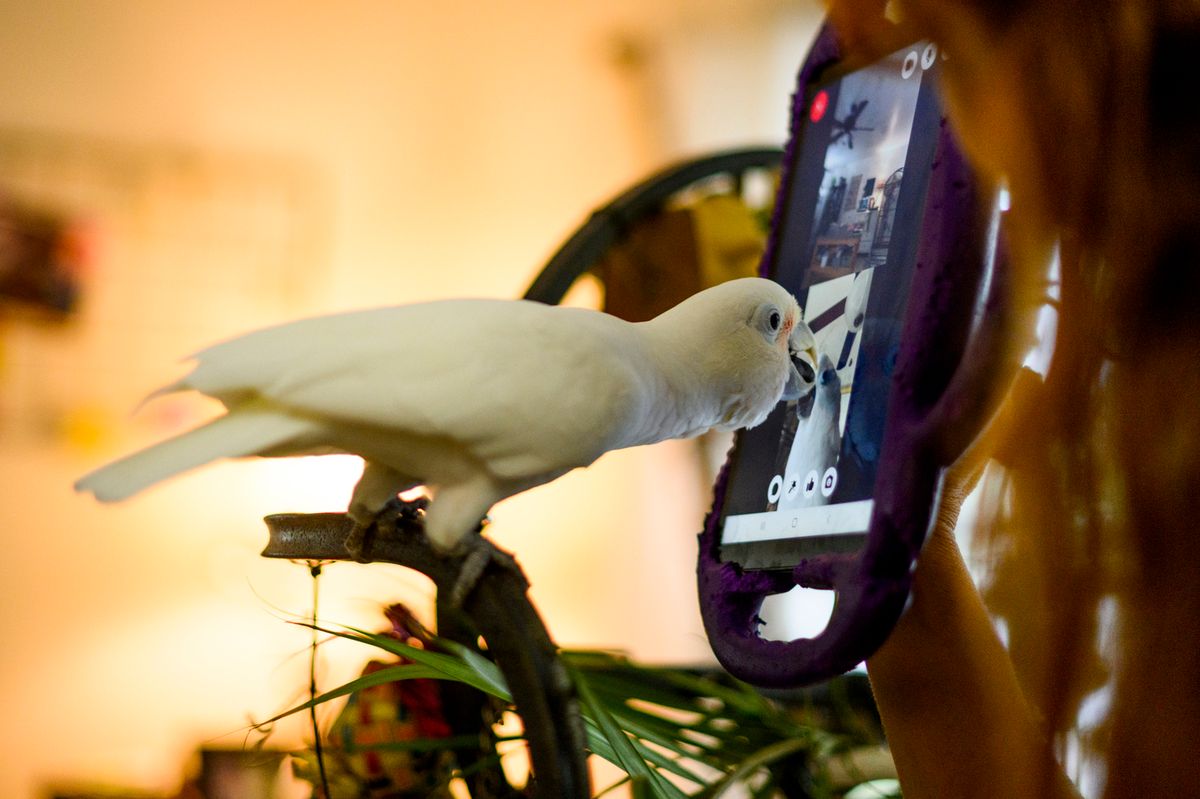
Veronica, also known as Speedwell, is a versatile and beautiful perennial plant that has been cultivated and cherished by gardeners for centuries. With its slender spikes of delicate flowers in shades of blue, purple, and white, Veronica adds a touch of elegance to any garden or landscape. But did you know that there is more to Veronica than meets the eye? In this article, we will explore 18 surprising facts about Veronica that will not only impress your friends but also deepen your appreciation for this stunning plant. From its historical significance to its medicinal properties, you’ll discover why Veronica deserves a special place in your garden. So, let’s dive in and unveil the fascinating world of Veronica!
Key Takeaways:
- Veronica is a unique and resilient flower that symbolizes loyalty and love. It attracts butterflies, bees, and hummingbirds, making it a valuable addition to any garden.
- With its vibrant colors and long blooming season, Veronica is a popular choice for floral arrangements and bouquets. It also has medicinal properties and cultural significance in different traditions.
Veronica is a rare and unique flower.
Veronica is not your average flower. It stands out from the crowd with its vibrant colors and distinctive shape. You won’t find many flowers quite like Veronica in the botanical world.
Veronica is named after Saint Veronica.
The flower gets its name from Saint Veronica, who, according to Christian legend, used her veil to wipe the face of Jesus as he carried his cross. The imprint of his face miraculously appeared on the cloth, and the flower was named after this compassionate act.
Veronica symbolizes fidelity and loyalty.
Throughout history, Veronica has been associated with fidelity and loyalty. It is often given as a gift to signify deep commitment and unwavering devotion.
Veronica comes in a variety of colors.
Veronica blooms in a range of colors, including shades of blue, purple, pink, and white. Each hue represents a different meaning, from calmness and serenity to love and purity.
Veronica is commonly used in floral arrangements and bouquets.
Thanks to its striking appearance and long-lasting blooms, Veronica is a popular choice for floral arrangements and bouquets. Its unique shape adds an interesting element to any flower composition.
Veronica is a hardy perennial plant.
Veronica is a perennial plant, meaning it grows back year after year. It is known for its resilience and ability to withstand various weather conditions, making it a low-maintenance choice for gardeners.
Veronica attracts butterflies and bees.
The vibrant colors and sweet nectar of Veronica flowers attract butterflies and bees, making it a valuable plant for pollinators. By planting Veronica, you can contribute to the preservation of these important creatures.
Veronica has medicinal properties.
Veronica has been used in herbal medicine for centuries. It is believed to have anti-inflammatory and antibacterial properties, making it useful in treating various ailments and promoting overall well-being.
Veronica is native to Europe and Asia.
Veronica is primarily found in Europe and Asia, where it thrives in a variety of climates and environments. It has since been introduced to other parts of the world due to its popularity as an ornamental plant.
Veronica has a long blooming season.
Veronica blooms from spring to early fall, providing an extended period of beauty in the garden. Its flowers can last for several weeks, bringing joy and color to any outdoor space.
Veronica is a member of the Plantaginaceae family.
Veronica belongs to the Plantaginaceae family, which includes a diverse group of flowering plants. This family is known for its hardiness and adaptability to different growing conditions.
Veronica is easy to grow from seeds or cuttings.
Whether you prefer starting from seeds or using cuttings, Veronica is a relatively easy plant to propagate. With proper care and attention, you can enjoy a flourishing garden filled with Veronica blooms.
Veronica has different names in different regions.
Depending on where you are, Veronica may also be known as Speedwell or Bird’s Eye. These names reflect the flower’s unique characteristics and its popularity among garden enthusiasts.
Veronica can be used as ground cover.
Veronica’s low-growing habit and spreading nature make it an excellent choice for ground cover. It can help prevent soil erosion and add a touch of beauty to areas that need some extra greenery.
Veronica is a favorite of hummingbirds.
The tubular shape of Veronica flowers attracts hummingbirds, offering them a sweet source of nourishment. By planting Veronica, you can create a welcoming haven for these delightful little birds.
Veronica blooms in clusters.
Veronica flowers grow in dense clusters on upright stems. This clustered blooming pattern enhances the visual impact of the plant and creates a striking display in the garden.
Veronica has different varieties.
There are numerous Veronica varieties available, each with its own unique characteristics and colors. From Veronicastrum to Hebe, there is a wide range to choose from to suit your gardening preferences.
Veronica holds cultural significance.
In different cultures, Veronica holds specific meanings and symbolism. In some traditions, it is associated with protection and healing, while in others, it represents love and femininity.
Conclusion
Veronica is a fascinating plant that holds many surprising facts. From its unique blooming pattern to its natural insect-repelling properties, Veronica offers both beauty and functionality. Whether you’re a gardening enthusiast or simply curious about nature’s wonders, exploring the world of Veronica will leave you amazed. So go ahead, plant a Veronica in your garden and watch as it brings color, joy, and a touch of enchantment to your outdoor space.
FAQs
Q: How often should I water Veronica?
A: Veronica generally prefers regular watering, especially during dry periods. Water deeply once or twice a week, allowing the soil to partially dry out between waterings.
Q: Can Veronica tolerate full sun?
A: Yes, Veronica thrives in full sun. It requires at least six to eight hours of direct sunlight daily to bloom and maintain its vibrant colors.
Q: Does Veronica attract pollinators?
A: Absolutely! Veronica is known to attract bees, butterflies, and other beneficial pollinators. It serves as a valuable food source for these creatures and contributes to the overall health of your garden ecosystem.
Q: Can Veronica be grown in containers?
A: Yes, Veronica can be grown in containers. Choose a well-draining potting mix and ensure the container has drainage holes to prevent waterlogged soil. Regular watering and occasional fertilization will help keep the Veronica healthy and blooming in a container.
Q: How long does Veronica bloom?
A: The blooming period of Veronica depends on the specific variety planted. Generally, its flowers bloom from early summer to fall, providing a burst of color and beauty throughout the growing season.
If you're captivated by the allure of Veronica, there's even more to explore! Delve into the quirky world of Veronica Lodge in Archie's Weird Mysteries for a fresh perspective on this beloved character. Unbelievable facts about Veronica await, ready to surprise and delight you with their uniqueness. And if you can't get enough, Veronica Tejera's life story offers a treasure trove of intriguing details that will leave you wanting more. So, keep your curiosity piqued and continue your journey through the fascinating realm of Veronica!
Was this page helpful?
Our commitment to delivering trustworthy and engaging content is at the heart of what we do. Each fact on our site is contributed by real users like you, bringing a wealth of diverse insights and information. To ensure the highest standards of accuracy and reliability, our dedicated editors meticulously review each submission. This process guarantees that the facts we share are not only fascinating but also credible. Trust in our commitment to quality and authenticity as you explore and learn with us.


